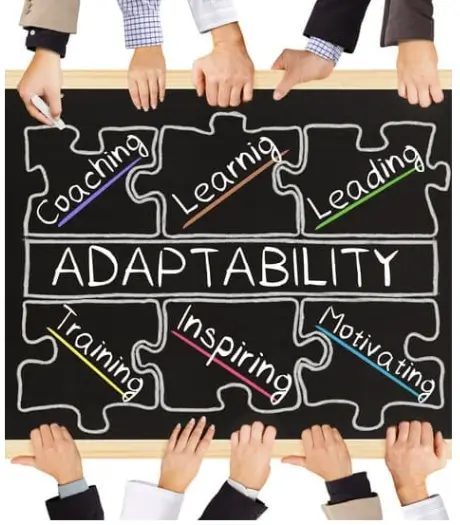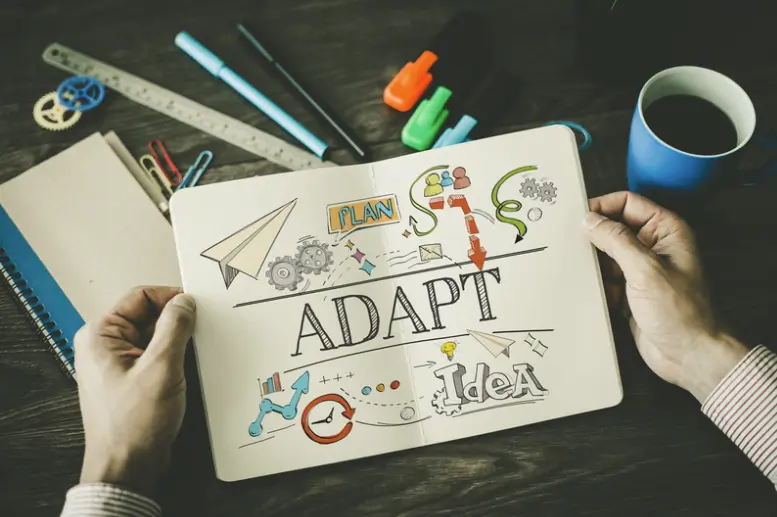“Change is the end result of all true learning.”
Leo Buscaglia
The integration of AI-enhanced workflow automation software into business operations has catalyzed significant improvements in efficiency and productivity. However, one pervasive challenge that organizations face is managing change and adaptability. Businesses operate in dynamic environments where processes, regulations, and market conditions are in constant flux. This article delves into how AI-driven workflow automation software addresses the challenges of change management and adaptability, bolstered by comprehensive factual data, real-world applications, and a thorough analysis of broader implications for businesses.
The Dynamics of Change Management in Workflow Automation

Change management is a critical component of any successful business strategy. As organizations grow and evolve, they must adapt their processes and workflows to new realities, whether they involve regulatory changes, market shifts, or technological advancements. The complexity of change management is further amplified in automated environments, where workflows must be continuously updated to reflect new requirements without disrupting ongoing operations.
According to a study by Prosci, 70% of change initiatives fail due to resistance from employees and lack of effective communication. This statistic highlights the importance of having robust mechanisms in place to manage and implement changes effectively. In the context of workflow automation, managing change involves updating automated processes to align with new business needs, ensuring that all stakeholders are informed and onboard, and minimizing disruptions to business operations.
AI Solutions for Enhancing Change Management and Adaptability

Artificial Intelligence provides powerful tools for managing change and enhancing adaptability in workflow automation systems. One significant advancement is the use of AI-driven process monitoring and analysis. AI algorithms can continuously monitor workflow performance and identify areas that require changes or improvements. This proactive approach ensures that organizations can adapt their workflows promptly in response to changing conditions.
For example, AI can analyze workflow data to detect patterns and trends that indicate a need for process adjustments. If a particular automated process is consistently encountering errors or delays, AI can identify the root cause and recommend specific changes to address the issue. This capability reduces the time and effort required for manual monitoring and adjustment, ensuring that workflows remain efficient and effective. A report by Gartner suggests that AI-driven process monitoring can improve change management efficiency by up to 35%, demonstrating the significant impact of AI on adaptability.
Another application of AI in enhancing change management is the use of machine learning for predictive analysis. Machine learning algorithms can analyze historical data and predict potential changes in business requirements or market conditions. This foresight allows organizations to proactively adjust their workflows to anticipate and accommodate these changes. According to a study by McKinsey & Company, predictive analysis can reduce the impact of market volatility on business operations by up to 25%, highlighting the value of AI-driven foresight in change management.
AI also enhances change management through intelligent automation platforms that provide flexible and customizable workflow solutions. These platforms allow organizations to easily modify and update their workflows without requiring extensive technical expertise. By using natural language processing (NLP) and user-friendly interfaces, AI-driven automation platforms ensure that change management is accessible to all stakeholders. This democratization of change management capabilities is crucial for fostering a culture of adaptability and continuous improvement.
Real-World Applications and Benefits

The practical application of AI in addressing change management challenges is evident in various innovative workflow automation platforms. Companies like UiPath and Blue Prism have developed AI-powered solutions that prioritize adaptability and continuous improvement.
UiPath’s Automation Hub leverages AI-driven process monitoring and predictive analysis to enhance change management. The platform’s AI algorithms continuously monitor workflow performance and identify areas for improvement, ensuring that workflows remain efficient and effective. UiPath’s predictive analysis capabilities allow organizations to anticipate and adapt to changing business requirements, reducing the impact of market volatility on operations. Additionally, UiPath’s user-friendly interfaces and NLP capabilities ensure that change management is accessible to all stakeholders, fostering a culture of adaptability.
Blue Prism’s Digital Workforce platform is another example of an AI-enhanced workflow automation solution that addresses change management challenges. Blue Prism’s platform uses AI-driven process monitoring to identify areas for improvement and recommend specific changes to enhance workflow performance. The platform’s machine learning capabilities provide predictive analysis, allowing organizations to proactively adjust their workflows in response to anticipated changes. Blue Prism’s intelligent automation platform also provides flexible and customizable workflow solutions, ensuring that change management is accessible and efficient.
Navigating the Challenges and Considerations

While AI offers significant benefits in enhancing change management and adaptability, several challenges and considerations must be addressed. One primary concern is ensuring that AI-driven change management solutions are user-friendly and accessible. Organizations must ensure that their AI systems are intuitive and easy to use, enabling all stakeholders to participate in the change management process. Comprehensive training and support are essential to enable users to leverage AI-driven capabilities effectively.
Data privacy and security are also critical considerations. AI-driven change management solutions process large volumes of sensitive data, making robust encryption and data protection measures essential. Transparency regarding data collection, storage, and usage policies is crucial to address privacy concerns and build confidence in AI-driven change management solutions.
The cost of AI-enabled change management solutions can also be a barrier to adoption. High-quality AI systems that provide advanced process monitoring, predictive analysis, and intelligent automation capabilities can be expensive. Ensuring that these systems are affordable and accessible is crucial for broader adoption and enhanced change management. Organizations must work together with technology providers to develop cost-effective solutions that do not compromise on quality and effectiveness.
Conclusion
AI-enhanced workflow automation software represents a significant advancement in addressing the challenges of change management and adaptability. By leveraging advanced technologies such as AI-driven process monitoring, predictive analysis, and intelligent automation platforms, AI can provide a comprehensive and efficient solution to ensure seamless change management. These systems offer organizations unprecedented levels of flexibility, efficiency, and accessibility, ensuring that automated workflows can adapt to changing business requirements and market conditions.
As technology continues to evolve, investing in AI-driven change management solutions will become increasingly important for ensuring comprehensive workflow automation. Addressing challenges such as user-friendliness, data privacy, and cost will be crucial to fully realizing the potential of AI in workflow automation. Ultimately, AI represents a transformative force in the realm of workflow automation, offering innovative solutions that enhance change management, adaptability, and business outcomes.
For further insights into AI and change management in workflow automation, refer to Gartner’s report on AI-driven process monitoring and McKinsey & Company’s study on predictive analysis.


